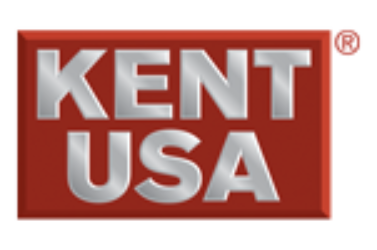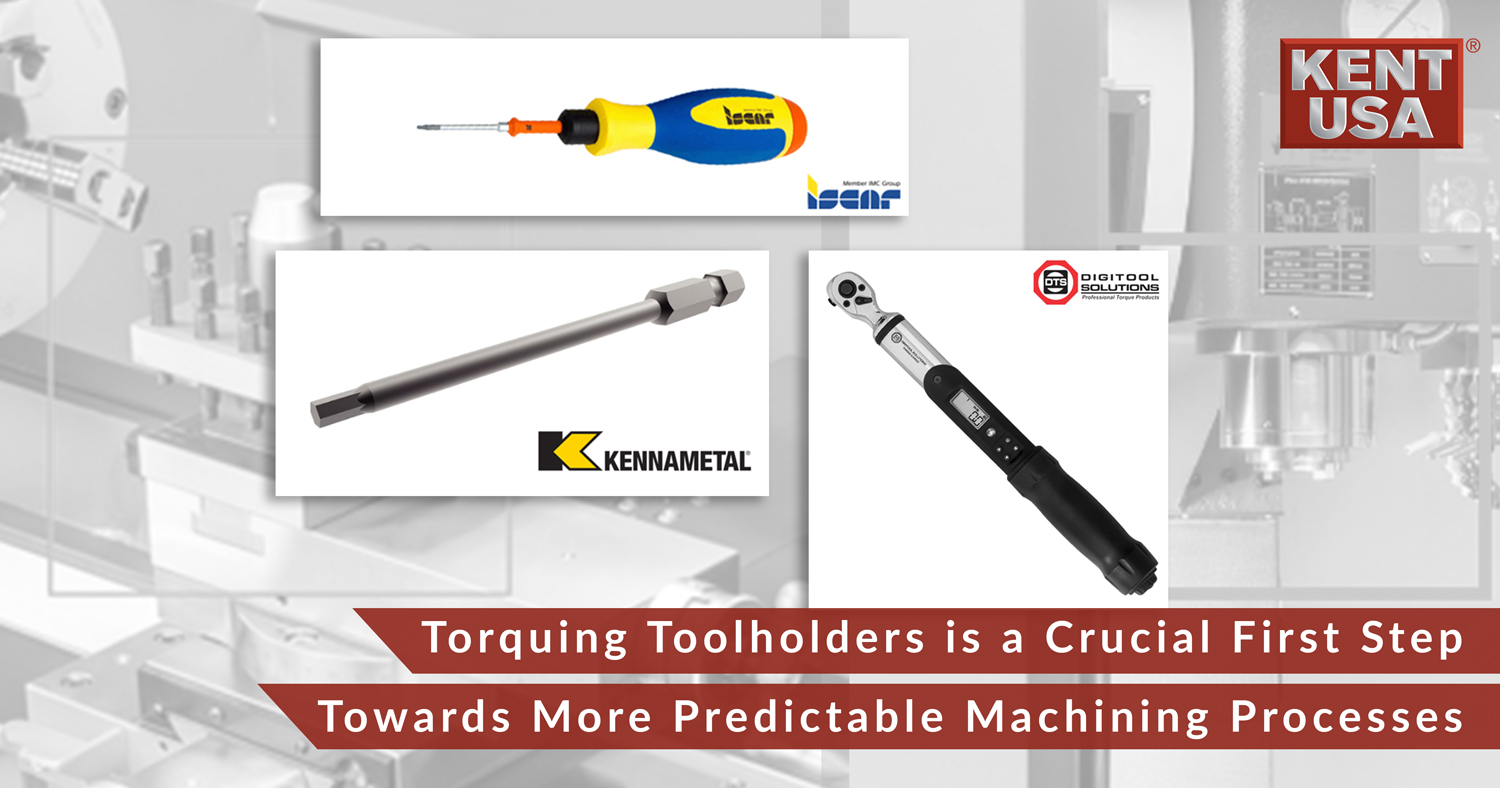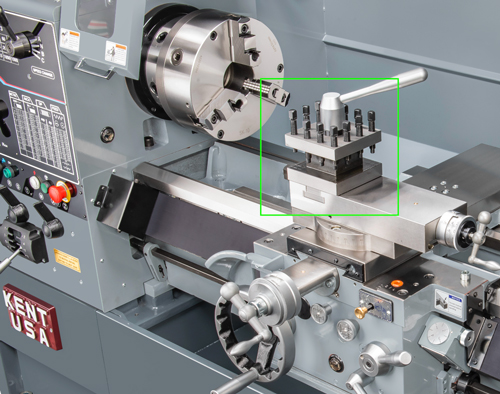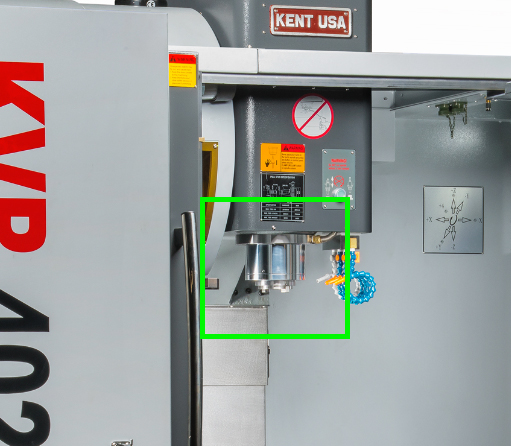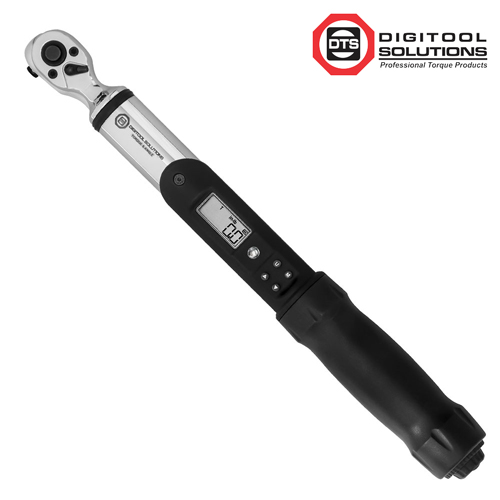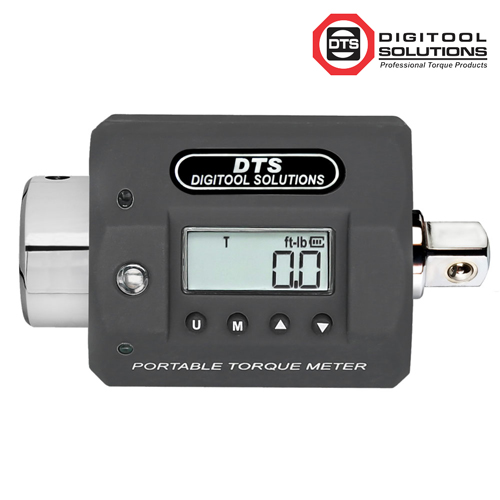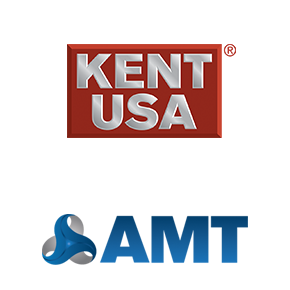Have you ever changed a flat tire? Hopefully, you remembered to torque the lug nuts. Doing so prevents the loosening that is otherwise certain, perhaps with disastrous results. Torquing toolholders is no different. Granted, the consequences are less severe when a cutter comes loose during a milling operation. But the fact remains that consistent tightening of all threaded components is a crucial step in any CNC machine tool setup process.
Don’t Fret
So, what are these components? For starters, there are ER collet chucks. Tighten them too much and you can distort or crack the collet. Do the opposite and the tool might slip, possibly scrapping a costly workpiece. Similar risks exist with almost any toolholder, even those used on CNC lathes. Simply put, unless everything is tightened securely and consistently, you’re asking for trouble. And that includes the retention knobs on the CAT or BT holders found in most machining centers. Too much torque here causes slight swelling of the toolholder’s outer surface. And this, in turn, leads to that ugly, rust-like, and costly phenomenon that spindle rebuilders call fretting.
Torquing Toolholders…and Beyond
The list of “stuff that needs a torque wrench” continues. Iscar, Kennametal, and other cutting tool manufacturers recommend using a torque wrench with their indexable toolholders. Sandvik Coromant even names the practice one of its “tips and tricks” for successful machining. Another tip? Use a torque wrench when tightening a machinist vise. That’s because some operators (you know who you are) think a breaker bar and mallet are needed to grip parts securely. Others might have a gentler touch, yet neither gives the clamping consistency that only a torque wrench provides.
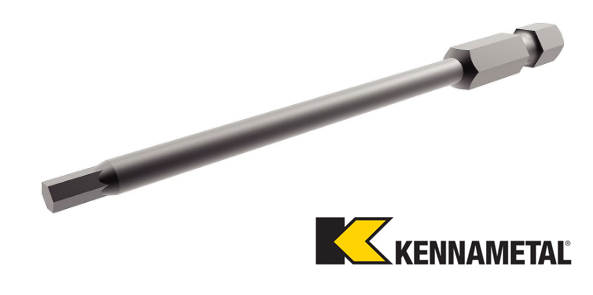

Good News, Bad News
Convinced? Here’s the bad news. You’ll need to spend a few bucks. Every machine in the shop will require a set of torque wrenches in various shapes, sizes, and force levels. A great place to start is Digital Solutions, a company that specializes in these important tools. You can also reach out to the three cutting tool providers just mentioned. And BIG Daishowa (formerly BIG Kaiser) has a nifty assembly station with built-in torque measurement. Whatever the solution, you’ll soon enjoy better tool life, greater part consistency, and fewer surprises. That’s because properly torquing toolholders (and anything else with threads) is a sure way to get more repeatable results. Torque on.
Share this article: